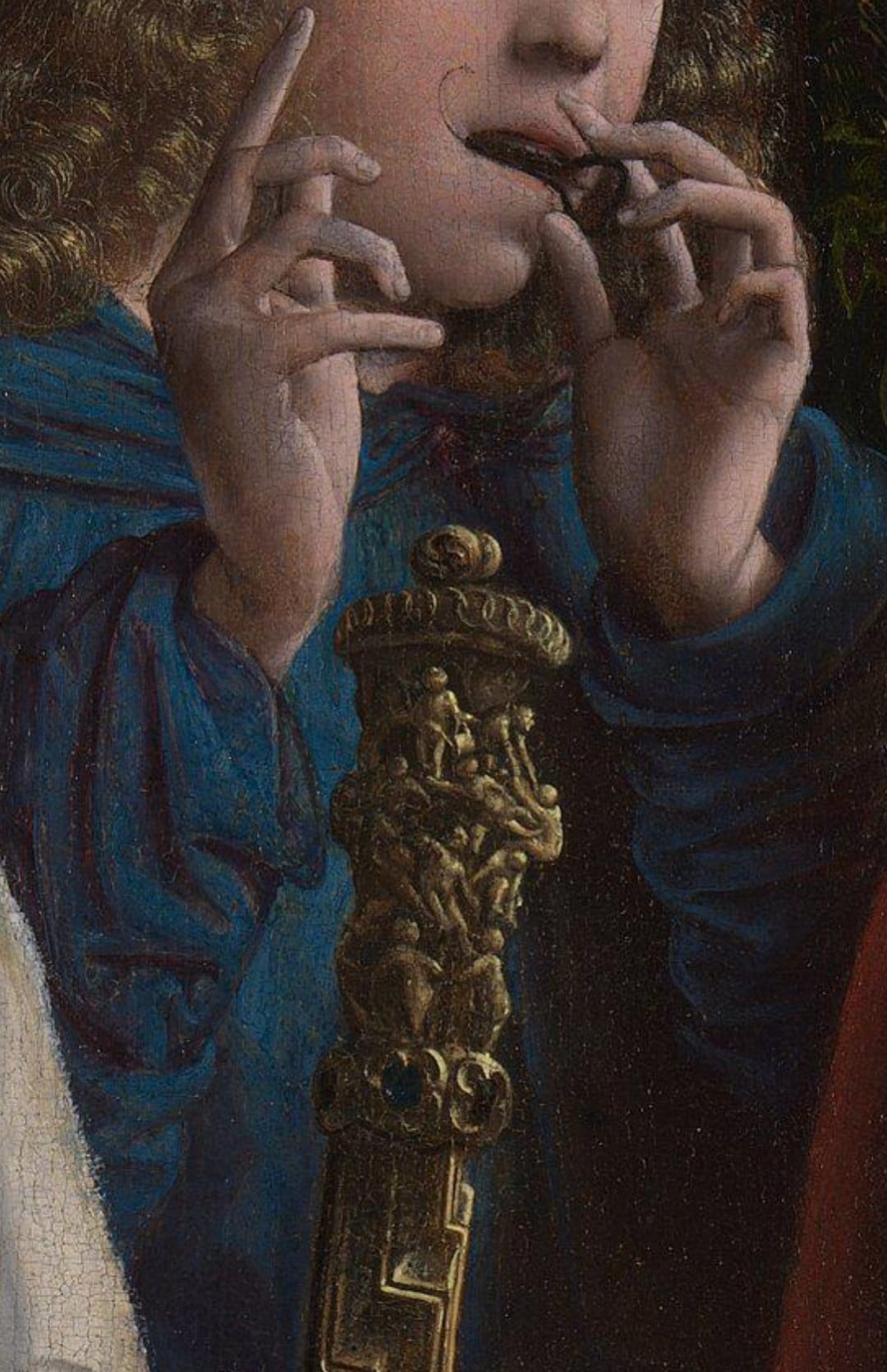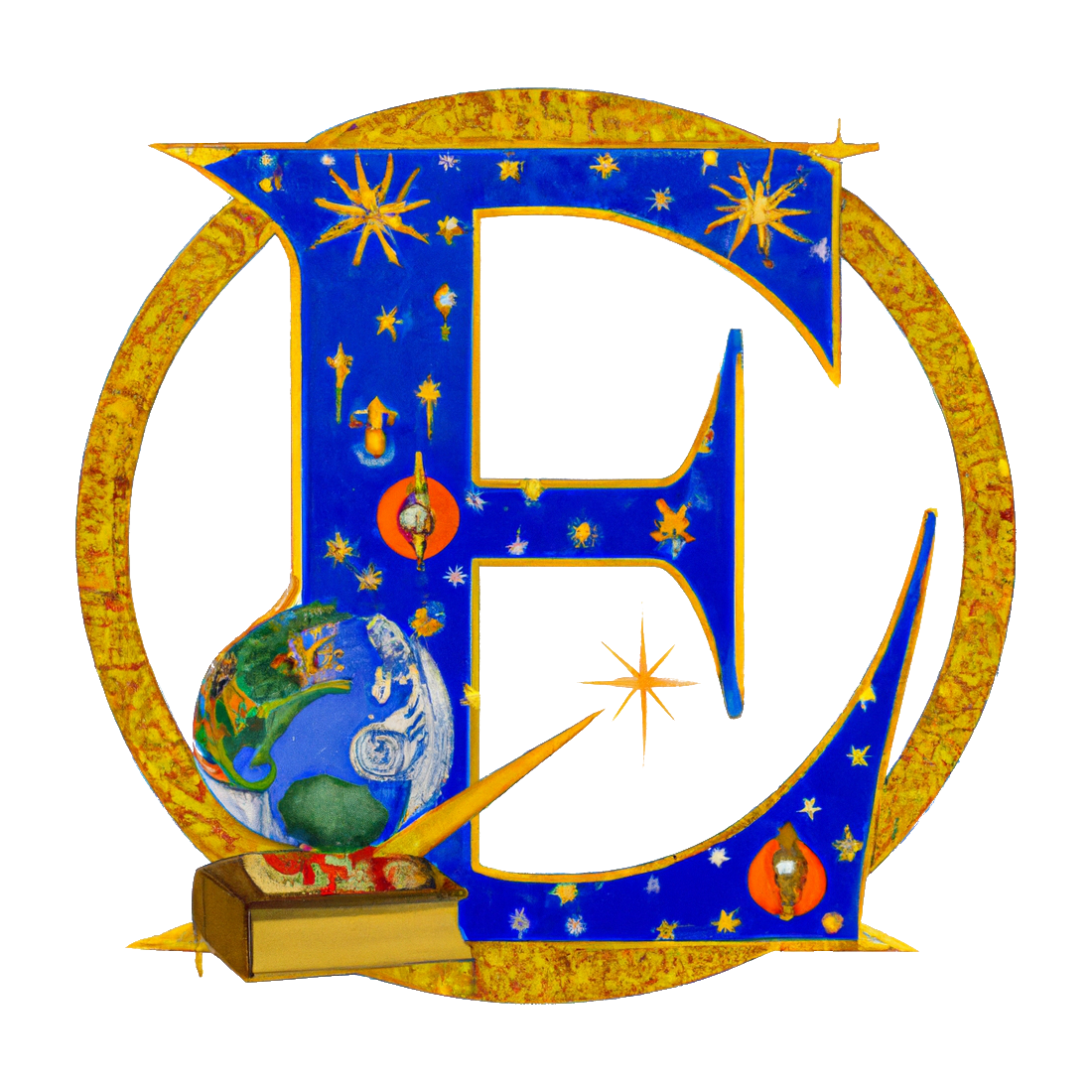Early Music details in the newly acquired panel at the National Gallery
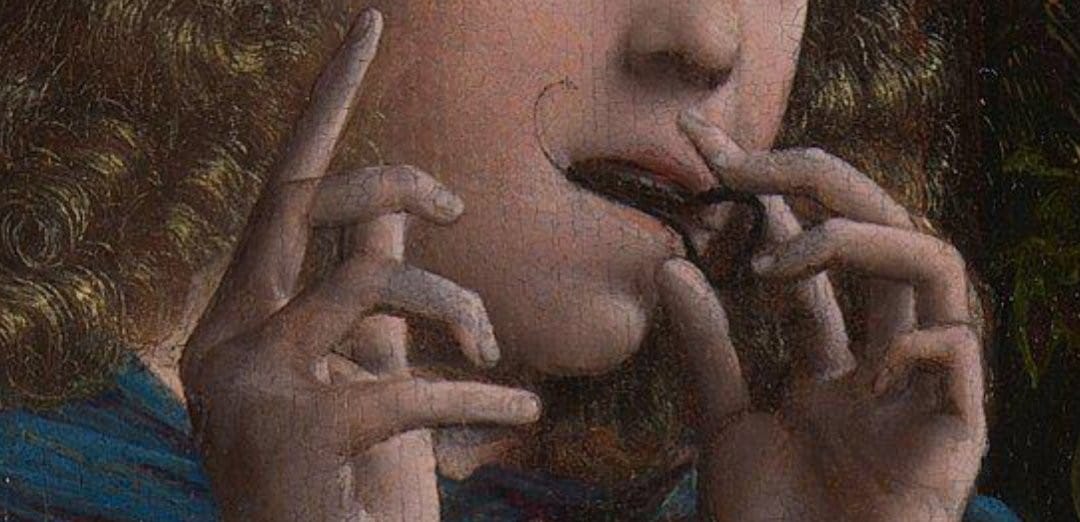
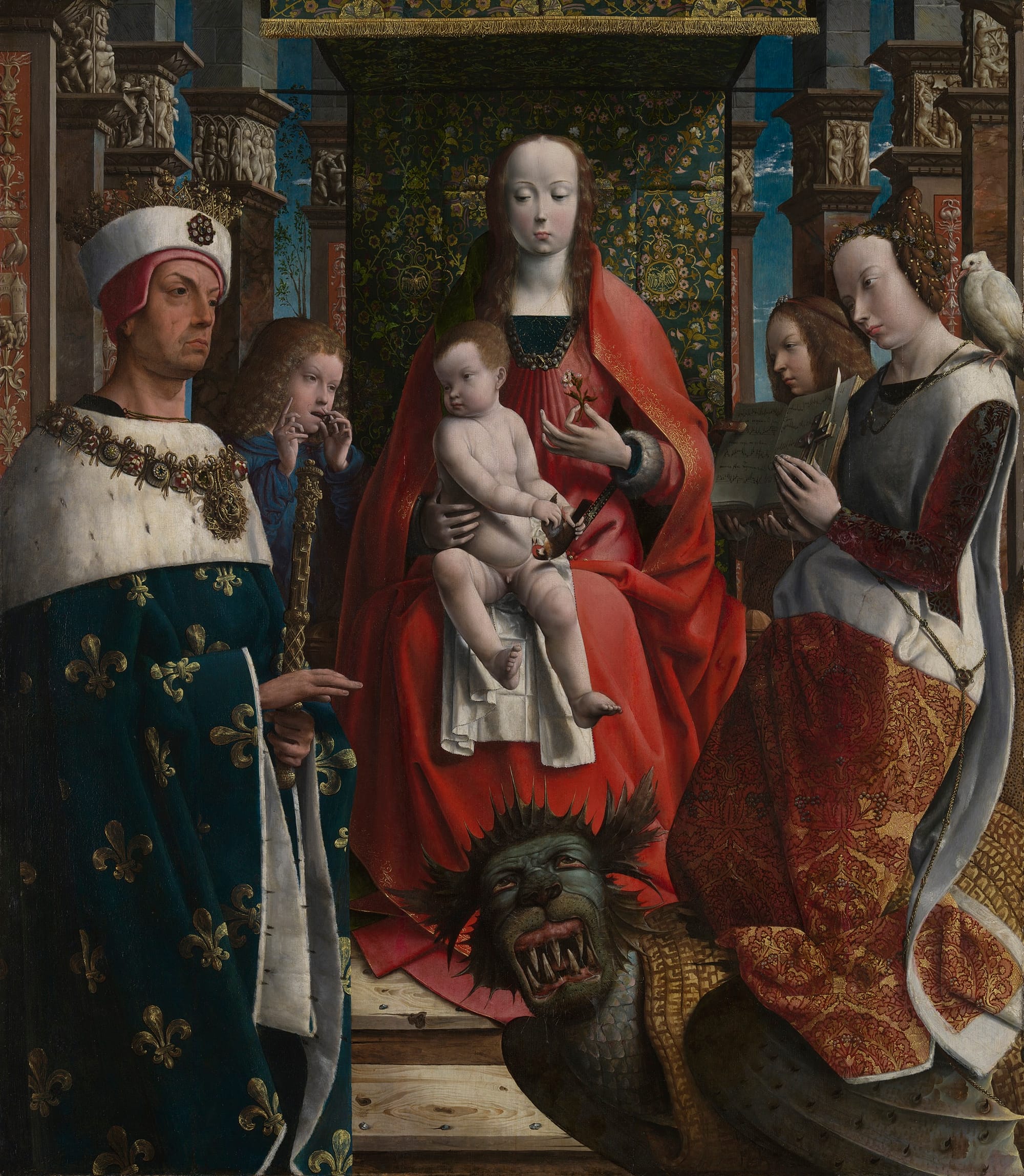
This blogpost is based on a long form tweet about the Early Music connections in the newly acquired Anonymous Netherlandish/Franco-Flemish panel at the National Gallery. One of the most distinctive elements of the painting is the Jew's Harp instrument being played by a musical angel. For those of you who have never heard a Jew's Harp, it is the first instrument playing in the video below:
https://youtube.com/watch?v=e-YhLmU1qmc…
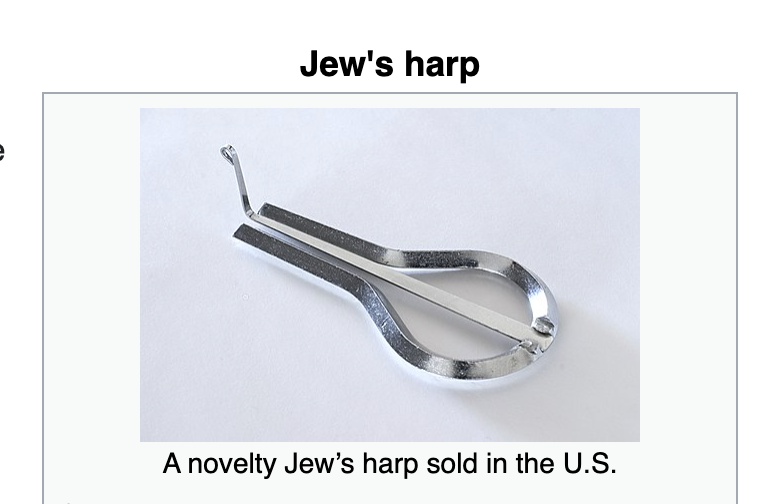
Yes, that's really the name of it. I Never knew this instrument exists, how strange.
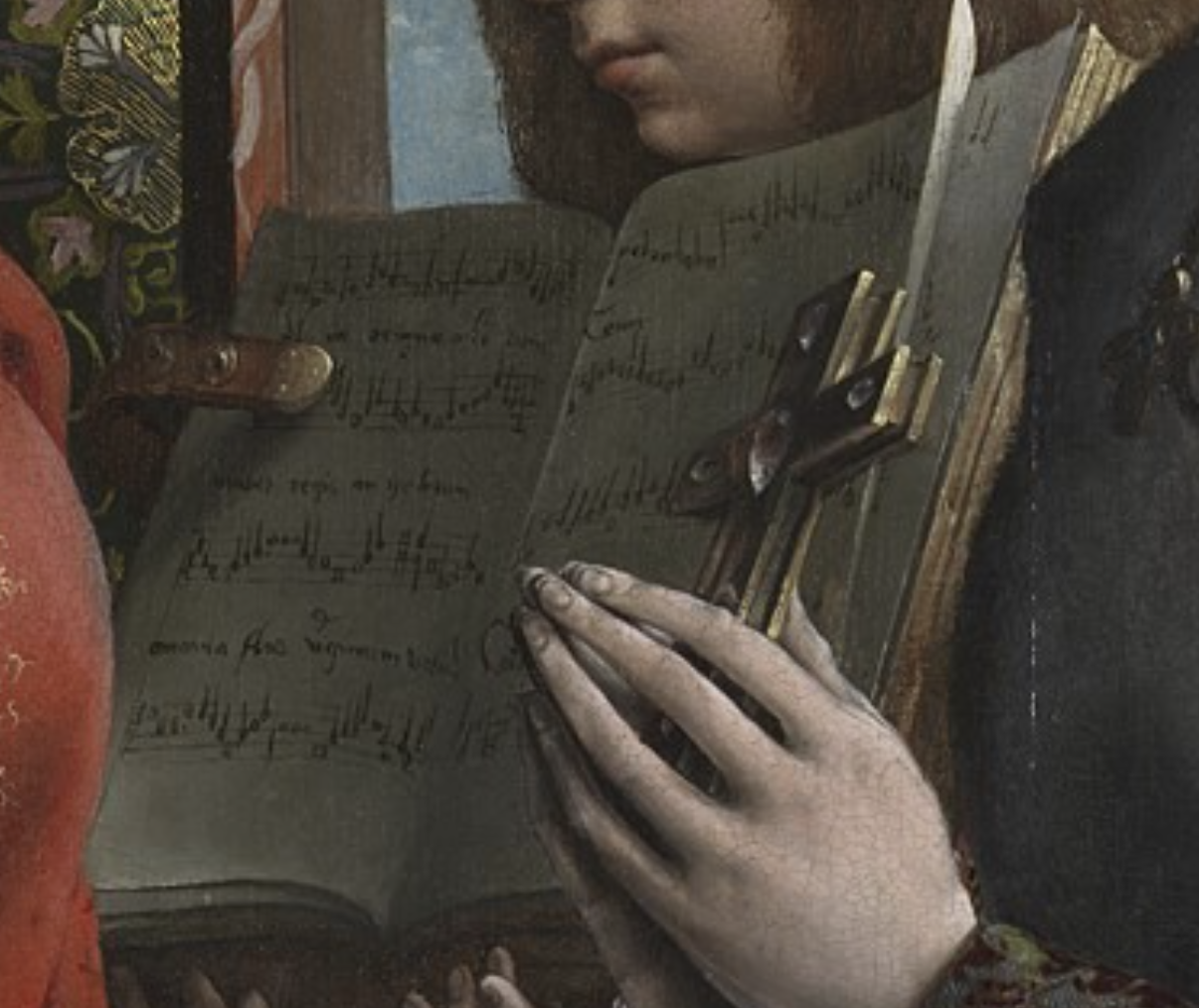
Across the scene, the other musical angel holds a songbook with music, with Ave Regina Caelorum visibly discernible.
As a side note, it would be very fitting to have a performance of the music with the jews harp at the opening display of the painting.
I want to get a better quality photo to see if it is possible to determine which composition of Ave Regina Caelorum is portrayed in the songbook.
There is one influential one by Guillame Du Fay (https://youtube.com/watch?v=wFgrbqsOF4s…). If it is this composition, there may be some specific meaning by the choice, as the piece was very personalized.
Part of the lyrics:
Have mercy on your dying Du Fay,
May he not burn in the fire of sinners.
.....
Du Fay, beseeches your mercy,
May his death be acceptable in the eyes of God.
Du Fay requested that it be sung to him at his death-bed, but this could not be carried out because apparently death came too quickly (Ave Regina caelorum 3, ed. Planchart).
Another option could be Alma redemptoris mater / Ave regina caelorum by Josquin des Prez (https://youtube.com/watch?v=BNDvuJQ5cCg…)
This piece is reminiscent of Du Fay’s composition. Since Josquin is generally believed to have been in Cambrai in the mid-1460s, an association with Du Fay, who spent much of his life there, including his final years, makes excellent sense (Josquin, Motets and Mass Movements, ed. Rice).
Du Fay passed away decades before this painting was executed, so perhaps the Du Fay-inspired Josquin piece is more likely. It could well be that the anonymous artist of the NG panel painting knew Josquin or another composer personally and included this as a homage. Josquin lived in Conde, Northern France, in the first decades of the 16th century, in the general time and area of where this painting likely came from.
All this just goes to highlight the importance of early music in appreciating the full context of Early Netherlandish artwork. I would go as far as to say you cannot have a full appreciation of Early Netherlandish art without appreciating and pairing the art with early music, as it was originally intended to be.
